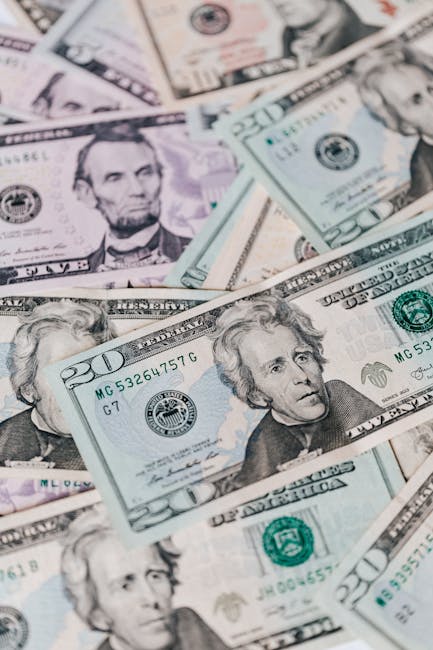“China’s share of global manufacturing is now larger than the combined share of the US, Japan, Germany, and South Korea.”
Efforts by the US to block China’s attempts to avoid tariffs may strain global supply chains. Waning supply from China could drive prices higher as other economies take time to fill the gap.
Nick Timiraos, Chief Economics Correspondent at The Wall Street Journal, remarked:
“One question (assuming it sticks) is to what extent the 125% tariffs on China become a tax that aren’t paid because orders get pulled.”
Timiraos cited an example from Guangdong, where toy manufacturer Chen Qingxin received an immediate order cancellation from a US client following the tariff hike.
Chen reportedly stated:
“It is a deal breaker. No room for doing business anymore, for both sides.”
Markets Rally Despite Escalation
Global markets rallied in response to Trump’s 90-day tariff pause as investors brushed aside the 125% tariff on China.
Notable gains included:
- Hang Seng Index rallied 3.69% to 21,011 on Thursday morning, while the Nikkei 225 surged 8.42%.
- Mainland China’s Shanghai Composite Index advanced 1.79% despite the 125% tariff.
- On Wednesday, April 9, the Nasdaq Composite Index soared 12.16%, its largest single-day gain since January 2001.
- S&P 500 jumped 9.52%, its largest single-day rise since October 2008.
However, analysts urged caution. Brian Tycangco, editor and analyst at Stansberry Research, stated:
“We’re not out of the woods. Bear market rallies are often the most powerful but short-lived. The US and China are still in a dangerous phase of escalation.”
Peter Berezin of BCA Research added that current US tariffs remain the highest since the 1930s, suggesting that structural risks persist despite the market’s optimism.
USD/CNY trends underscored the potential impact of tariffs on China’s economy. CN Wire reported:
“China’s onshore Yuan weakens to 7.3518 per dollar, weakest level since December 26, 2007. Offshore Yuan surpasses 7.3700 per dollar, latest at 7.3702.”
A weaker Yuan could partially soften tariff effects, but a trade deal remains critical. China appears to be following its playbook from Trump’s first term, raising hopes for a trade deal. To date, China has responded with reciprocal tariffs and weakened the Yuan. In 2020, the US and China signed the Phase One trade agreement, which followed a similar pattern of tariffs and Yuan depreciation.



